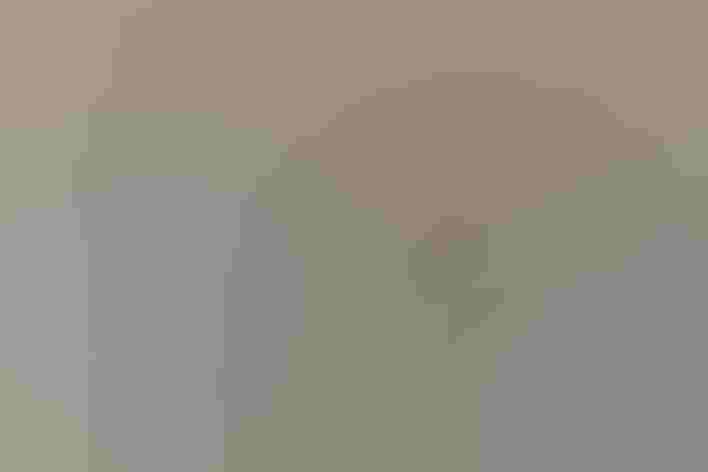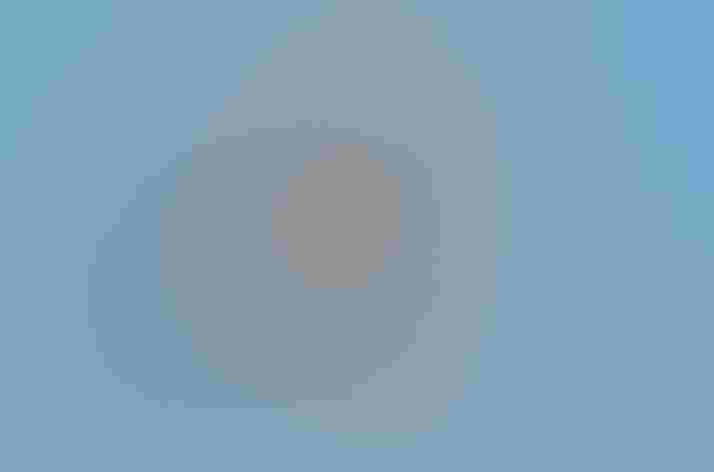Northern Shrike
At a Glance
This tough bird feeds on rodents and smaller birds for much of the year. It spends the summer in the far north, appearing in southern Canada and the lower 48 States only in winter. Solitary and wary, the shrike is likely to be seen perched at the top of a lone tree in an open field, watching for prey.
All bird guide text and rangemaps adapted from by Kenn Kaufman© 1996, used by permission of Houghton Mifflin Harcourt Publishing Company. All rights reserved.
Category
Perching Birds, Shrikes
IUCN Status
Least Concern
Habitat
Fields, Meadows, and Grasslands, Forests and Woodlands, Freshwater Wetlands, Saltwater Wetlands, Shrublands, Savannas, and Thickets, Tundra and Boreal Habitats
Region
Alaska and The North, California, Eastern Canada, Great Lakes, Mid Atlantic, New England, Northwest, Plains, Rocky Mountains, Southwest, Texas, Western Canada
Behavior
Flitter, Hovering, Undulating
Population
180.000
Range & Identification
Migration & Range Maps
Moves south rather late in fall, returning north early in spring. Numbers on the wintering grounds vary from year to year, with many more appearing in the occasional âinvasion winters.â
Description
9-10 1/2" (23-27 cm). Adult like Loggerhead Shrike but larger, with mask distinctly reduced in front of eye; faint gray barring on underparts; base of lower mandible often paler. Immature in first winter is distinctly tinged brown, with narrow dusky mask and barring on chest.
Size
About the size of a Robin
Color
Black, Brown, Gray, White
Wing Shape
Long, Pointed
Tail Shape
Long, Rounded
Songs and Calls
Mixture of warbles and harsh tones with a robin-like quality.
Call Pattern
Flat, Undulating
Call Type
Chirp/Chip, Scream, Trill, Whistle
Habitat
Semi-open country with lookout posts; trees, scrub. Breeds in far north in partly open or scattered spruce woods and in willow and alder scrub along streams or edges of tundra. Winters in similar semi-open areas, sometimes in open grassland with a few high perches, but seems to prefer some brushy areas nearby.
Sign up for ÃÛèÖAPP's newsletter to learn more about birds like the Northern Shrike
Behavior
Eggs
Clutch size varies, often 4-7 eggs, up to 9 in Alaska. Eggs pale gray or greenish white, spotted with brown, olive, and gray. Incubation is probably mostly or entirely by female, about 15-17 days.
Young
Both parents feed nestlings. Young leave the nest about 19-20 days after hatching, are tended by parents for several more weeks.
Feeding Behavior
Forages by watching from an exposed perch, then darting out in swift, powerful flight after prey is spotted. Uses its heavy hooked bill to kill its prey, although small birds attacked in flight may be forced to the ground first with the shrike's feet. Dead prey is sometimes impaled on a thorn and then eaten later.
Diet
Includes small birds, rodents, large insects. Varied diet includes many small songbirds, especially in winter and early spring; also many voles and other small rodents, and many large insects when available. Especially in Eurasia, also known to eat lizards, frogs, snakes.
Nesting
Male sings to defend nesting territory and perhaps to attract a mate, giving a surprisingly complex song that includes imitations of other birds. Nest: Placed in a low tree or large shrub, often in spruce or willow, usually 6-15' above the ground. Nest (probably built by both sexes) is a loosely made, bulky, open cup of twigs, grass, bark strips, moss, lined with feathers and animal hair.
Conservation
Conservation Status
No clear evidence of decreasing numbers in North America, but the species should be watched, since various kinds of shrikes around the world are showing declines. An odd historical note: in the 1870s, when the House Sparrow from Europe had just been introduced here, a warden was hired to shoot Northern Shrikes on the Boston Commons in winter to protect the sparrows! Although the warden killed as many as 50 shrikes one winter, this episode probably had little effect on the total population of the species.
Climate Threats Facing the Northern Shrike
Choose a temperature scenario below to see which threats will affect this species as warming increases. The same ÃÛèÖAPP change-driven threats that put birds at risk will affect other wildlife and people, too.







